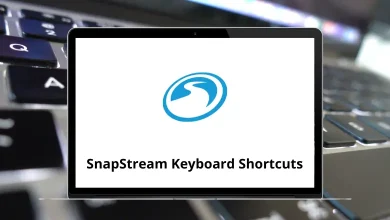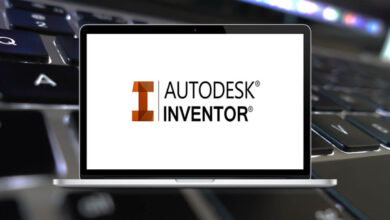What is Tinkercad? What is it used for?
When it comes to learning 3D design, electronics, or coding, beginners often feel intimidated by complex software. This is where Tinkercad, a free online tool by Autodesk, stands out. With its simple interface and powerful set of features, Tinkercad has become one of the most popular platforms for students, hobbyists, teachers, and makers to explore 3D modeling and digital creativity. Whether you are designing a 3D object for printing, simulating circuits, or experimenting with code blocks, Tinkercad provides an accessible environment that blends learning with innovation.
Table of Contents
What is Tinkercad?
Tinkercad is a free, web-based application developed by Autodesk that allows users to create 3D designs, simulate electronics, and learn basic coding. Launched in 2011, it was acquired by Autodesk in 2013 and has since grown into one of the most widely used platforms for education, prototyping, and personal projects. Unlike traditional CAD (Computer-Aided Design) software, which can feel overwhelming to beginners, Tinkercad focuses on simplicity and user-friendliness.
You don’t need to download or install heavy software; Tinkercad works directly in a web browser, making it accessible to anyone with an internet connection. Over the years, it has become a go-to choice for teachers introducing STEM concepts in classrooms, hobbyists designing prototypes for 3D printing, and students learning how circuits and coding work.
Related: 30 Autodesk Tinkercad Keyboard Shortcuts
Features of Tinkercad
Tinkercad’s popularity comes from its combination of simplicity and functionality. Some of its key features include:
1. 3D Design Tools
- Provides an intuitive drag-and-drop interface for creating 3D shapes.
- Users can combine, scale, and modify objects to build complex models.
- Supports importing and exporting in STL, OBJ, and SVG formats for 3D printing and laser cutting.
2. Electronics Simulation
- Includes a built-in circuit simulator where users can design and test electronic projects.
- Supports virtual Arduino boards, LEDs, resistors, sensors, and more.
- Allows coding with blocks or text-based programming to bring circuits to life.
3. Code Blocks
- Offers a block-based coding system similar to Scratch.
- Users can generate 3D designs through code, making it a great introduction to computational design.
- Encourages problem-solving and logical thinking.
4. Collaboration and Sharing
- Easy to share designs with others via links.
- Teachers can create classrooms and assign projects.
- Supports exporting files for 3D printing, CNC machining, and laser cutting.
5. Web-Based and Free
- No downloads or installations required; runs entirely in the browser.
- Free for all users, making it highly accessible worldwide.
- Compatible with Windows, macOS, and Chromebooks.
6. Learning Resources
- Offers tutorials, lesson plans, and community projects.
- Strong integration with educational programs for teaching STEM concepts.
- Supports beginners and gradually introduces advanced design ideas.
What is Tinkercad Used for?
Tinkercad has a wide range of applications across education, hobby projects, and even professional prototyping. Here are the most common uses:
1. 3D Printing and Prototyping
Tinkercad is one of the easiest ways to design models for 3D printing. From simple toys to practical tools, users can quickly create and export designs in printable formats. Makers and hobbyists often rely on it for prototyping ideas before moving to advanced CAD software.
2. Educational Purposes
Schools worldwide use Tinkercad to teach STEM subjects. Its integration of design, electronics, and coding allows students to learn problem-solving, creativity, and technical skills in an engaging way. Teachers can assign projects, monitor progress, and encourage collaboration.
3. Electronics and Arduino Projects
With the built-in electronics simulator, students and hobbyists can practice wiring circuits, experimenting with sensors, and writing Arduino code virtually before working with real hardware. This makes it safe and cost-effective for beginners.
4. Game and Animation Design
Tinkercad’s coding blocks allow users to create geometric patterns and animated models. This introduces them to computational design, which is useful in game development and 3D animation.
5. Professional and Personal Projects
Although not as advanced as software like Fusion 360 or Blender, Tinkercad is often used by professionals for quick concepts and simple prototypes. Hobbyists use it to design jewelry, tools, home décor, and custom parts.
Conclusion
Tinkercad is more than just a beginner’s design tool it’s a creative playground that combines 3D modeling, electronics, and coding in one platform. Its simplicity makes it ideal for children, students, and hobbyists, while its versatility ensures that even educators and professionals find value in it. Whether you’re designing your first 3D model, simulating circuits for an Arduino project, or teaching coding fundamentals, Tinkercad offers an accessible entry point into the world of digital design and innovation.





